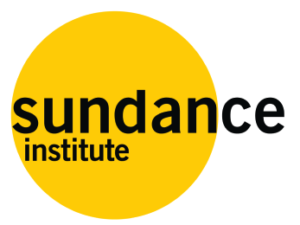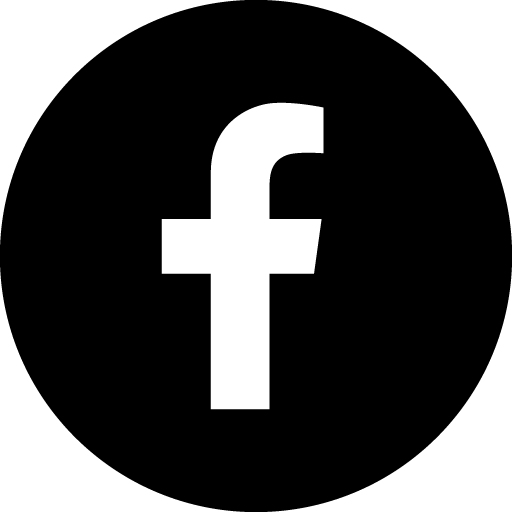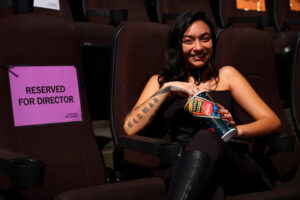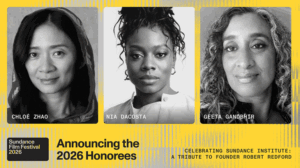PARK CITY, UTAH – JANUARY 21: (L–R) Mike Gibisser, Mary Helena Clark, and Graciela Guerrero-Reyes attend the 2023 Sundance Film Festival “A Common Sequence” premiere at Redstone Cinemas on January 21, 2023, in Park City, Utah. (Photo by Jim Bennett/Getty Images)
By Peter Jones
In a world full of mystery and complexity are the things that easily get lost in the shuffle. The endangered achoque salamander can not only regenerate its limbs but even its heart and its brain. Does this miracle animal, long caught and used for its healing properties, belong to anyone?
A kind of new colonialism and the fragile meeting of corporations and Indigenous populations are one focus of A Common Sequence, a contemplative, almost meditative documentary that premiered January 20 at the 2023 Sundance Film Festival. The co-directors took part in a Q&A after the film that in some ways raises as many questions as it answers.
“We started with an interest in the salamander, its regenerative properties, and particularly the conservation effort,” co-director Mary Helena Clark says. “We felt that held a lot of interesting complexities — the idea of indicator species as a whole and the idea that the absence of an animal being a signal to a greater ecological collapse.”
In contrast to a land-based Indigenous thought that all things belong to the earth are those corporate and governmental attitudes of “ownership,” not to mention the strange and undiscovered frontier of patents and profits.
“What became really fascinating to us was the mechanisms … that had to be present in order to own something,” co-director Mike Gibisser says.
Those are the kinds of issues that a viewer has time to ponder as A Common Sequence uses its long, thoughtful takes to bring the esoterica of artificial intelligence and laboratory science down to the fishing boats and tree farms of modest workers. The result is the rare, free-flowing documentary in which viewer interpretation matters more than a director’s cinematic hammer.
“Visually, we were really interested in the spaces unfolding for you, and having passages in the film where we were really comfortable not knowing where we were or being disoriented, information kind of trickling out over these long takes,” Clark says.
At one point, the filmmakers found themselves to be part of their own action.
“For me, the horses sniffing the camera is a moment. We’re thinking about treelessness and this vast expanse, and all of a sudden we’re being investigated ourselves,” Clark says.











